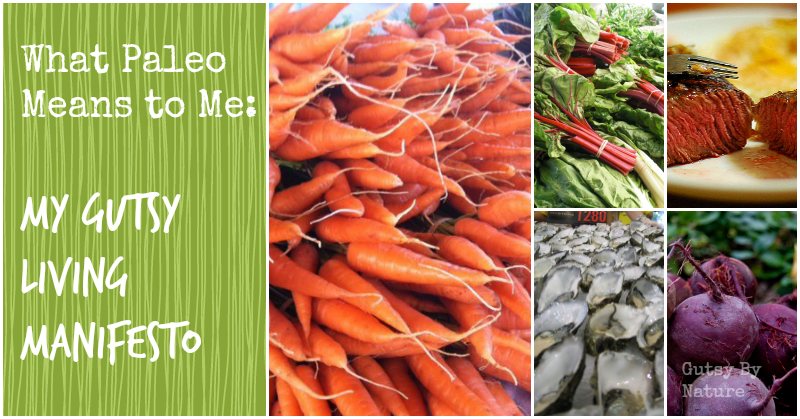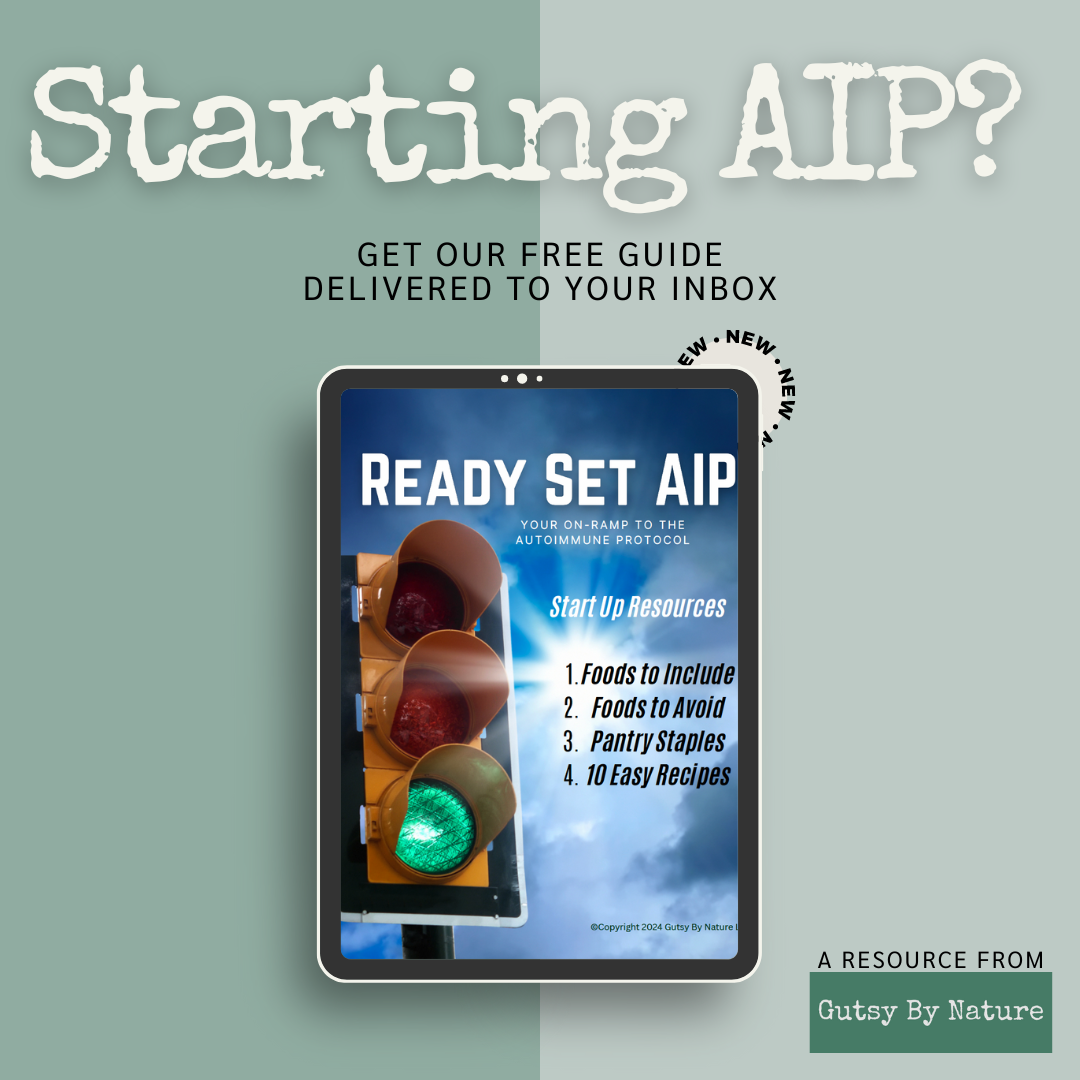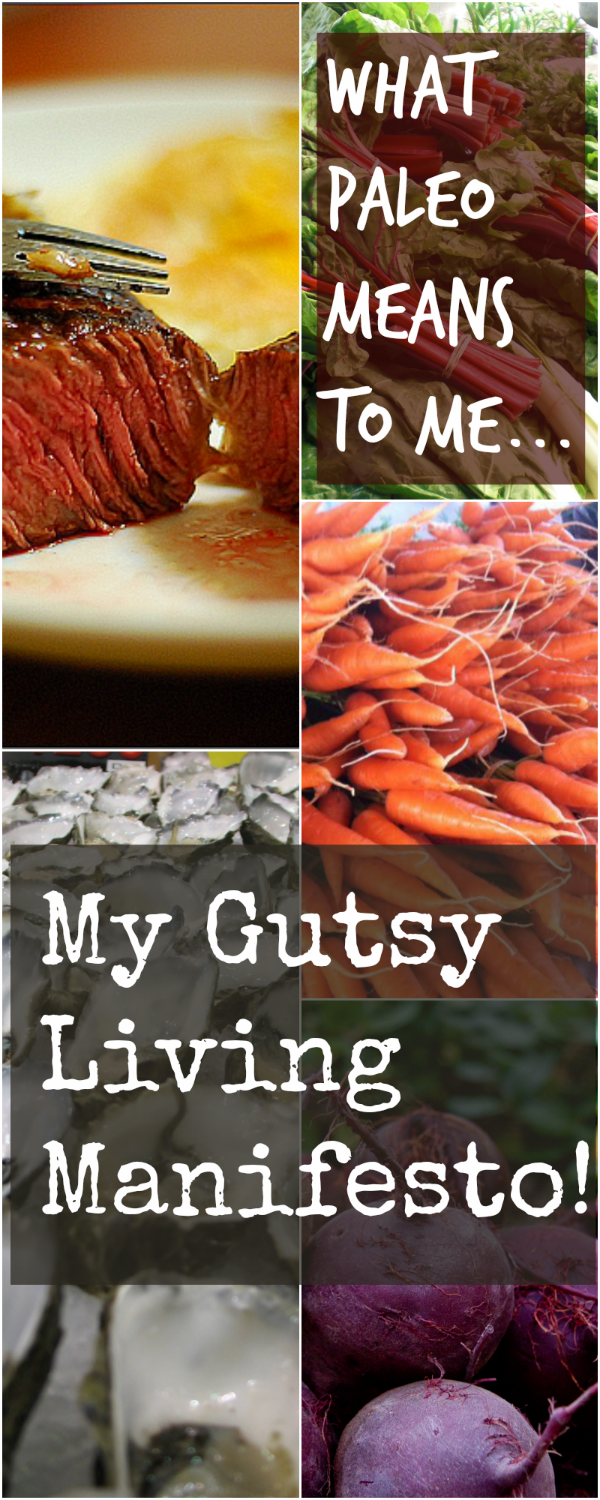It seems that the more mainstream “being paleo” becomes, it is less clear exactly what that means. Hang out on any Facebook page, Instagram feed, or other social media outlet with the paleo label and you’ll quickly find someone either asking for clarification on the rules or getting chastised for breaking those nebulous rules. Or both.
What is the Paleo diet?
On the one hand, the answer to this question is actually pretty simple. As Robb Wolf put it in a blog post from 2011, “In simple terms the paleo diet is built from modern foods that (to the best of our ability) emulate the foods available to our pre-agricultural ancestors: Meat, fish, fowl, vegetables, fruits, roots, tubers and nuts. On the flip-side we see an omission of grains, legumes and dairy.”
Sounds easy enough. Eat this list of food, avoid these other things.
If only it were so simple… For everything on both sides of Robb’s list, you’ll find people who make exceptions. Some will argue that industrially produced meat is definitely not-paleo; only wild game or grass-fed beef should qualify. Vegetables and fruits simply must be organic, in season, and local. White rice is a grain, but it is OK to eat as long as you don’t need to lose weight. Legumes that have edible pods like green beans are yes foods, but peanut butter is about as not-paleo as you can get. Honey sweetened treats made from highly processed flour made from massive quantities of nuts or tubers are totally-paleo because they don’t include any of the forbidden grains or legumes or dairy, but you’ll have your paleo membership card revoked if you eat french fries cooked in industrial oils. And on it goes…
What is the Paleo lifestyle?
And then there is the argument that “being paleo” is as much, if not more, about lifestyle factors as it is about food. This might include everything from simple tweaks like walking around barefoot and sleeping in a dark room, to ditching personal care products made from synthetic chemicals, and even to extremes like living without furniture.
The argument is that we didn’t evolve in this modern world, just as we didn’t evolve to eat processed food-like products, and so to have optimal health, we need to modify both our diet and our lifestyle to more closely align with that our ancient ancestors would have experienced. Again, this sounds great, but it leads to even more questions and inevitably to people feeling inadequate because they just aren’t “paleo-ing” correctly. The danger with this line of thought is that instead of inspiring people to take charge of their health and make the changes that are within reach (like making a point of getting to bed early enough to get a good night’s sleep or taking frequent breaks during the work day so you aren’t sitting for hours on end…), they instead abandon the whole effort just like a dieter who succumbs to one tempting treat will just go completely off the rails since they figure they’ve already blown it, so why not?
So, here is what Paleo means to me…
My Gutsy Living Manifesto!
First of all I reject the notion that there is a single definition of the paleo diet or lifestyle, and most of the leaders in this movement seem to agree with me. It is a handy term to use to identify ourselves to each other and to serve as a label for communicating it to others, but it still requires context and explanation.
1. Paleo is about health.
Often, that context starts with what one is trying to achieve through whatever it is they call “paleo.” Regular readers of this blog know that I came to this way of viewing food and lifestyle factors from the angle of improving health. In fact, I started this journey by adopting the Specific Carbohydrate Diet (SCD) as part of a strategy to heal from Crohn’s disease. The SCD actually dates back to the 1950s, long before “paleo” was a trending term on Google! The goal is to manipulate the harmful bacteria that lives in the gut by not giving them any of the carbohydrates that feed them. Since these carbohydrates are found in cereal grains, sweeteners (other than honey), lactose-containing dairy products, and starchy vegetables, the diet ends up being pretty similar to paleo, but the reason for eating that way has nothing to do with philosophical ideals or a point in history and everything to do with science. You can read more about SCD and why it wasn’t the right way of eating for me in this blog post I wrote in 2013.
Now that I’m a couple years into my healing journey and have learned so much, I also care about other issues like sustainability of the food supply and how we can help the environment through our food choices, but I always go back to health as my core reason for the choices I make. That means that my version of the “paleo diet” includes some foods that philosophically and historically speaking, shouldn’t be included if you use Robb Wolf’s definition. While following a strict paleo autoimmune protocol (AIP) for several months allowed me to get my Crohn’s disease into remission, I have trouble keeping my weight up on it and so I am continually working to find the balance between eating the foods that help me pack on some pounds and the foods that keep my immune system from turning against my body.
I’ve found that I do best on a moderate carb diet and that my body thrives on the pure starch in white rice. In fact, it was only after I added it back in and also started experimenting with high quality dairy that I could finally start regaining weight and strength I’d lost during a prolonged struggle with clostridium difficile and my ongoing issues relating to Crohn’s disease. I also feel like the soluble fiber in oatmeal and other whole grains helps to feed the beneficial bacteria in my gut, which is something I am always struggling to keep in balance, so I include that in my diet from time to time.
2. Paleo is about maximizing nutrient density.
So much attention is focused on what is NOT allowed on a paleo diet, that some people lose sight of what I think is the greatest benefit of truly embracing this way of eating. Until I started on this path, the term “nutrient density” was not in my vocabulary. Like most people, I thought of food in terms of calories (though I was usually trying to eat more of them, not less) and was aware of macronutrients (fat, protein, and carbohydrates). I had a vague idea that you were supposed to eat more protein and that fat was bad, and that vegetables and fruits had vitamins of some sort… but I didn’t really know how any of that mattered when it came to my health.
Today, I think of food first in terms of its nutrient density and how it can help improve my health. For me, that means regular consumption of bone broth, offal, meat from grass-fed and pasture-raised animals, wild caught fish and seafood, a wide variety of vegetables, fermented foods, and healthy fats. This change in perspective has been huge for me… and to my surprise, has made my world of food I love to eat much broader and more exciting. Turns out that nutrient dense food is also flavor dense! That can seem like a negative at first, when a food is new to your palate, but time and again I have discovered that my palate quickly adjusts and I come to love food that I had previously shunned. A perfect example of that is offal. I started eating it because it was “good for me” but was determined to find a way to make it taste good. Now one of my favorite foods is bacon and liver pate!
If you want to learn more about nutrient density, I highly recommend The Paleo Approach Cookbook by Sarah Ballantyne. Each delicious recipe includes a complete nutrition breakdown and there is also a listing in the appendix that lets you look up particular micronutrients and then find the top recipes that contain them. This is great if you are dealing with a particular health condition that typically causes or results from specific nutrient deficiencies or if you are just a nutrition nerd like me!
3. Paleo is not about being perfect.
Stefani Ruper of Paleo for Women inspired me to write this post when she wrote a similar one last month about what paleo means to her. While my context for paleo is primarily my quest to improve my health, Stefani’s context is more about self love and body acceptance. Though we differ in this way, I agree wholeheartedly with her statement that “being paleo means that I ditch perfection.”
I have had a difficult time accepting this, in part because I tend to place a great deal of pressure on myself to be perfect in everything I do, including and especially what I eat. It started in 8th grade when we were assigned to keep a food journal, including portions and calorie counts, as an assignment for health class. Coinciding with a time when I wasn’t feeling entirely comfortable in my skin and unhappy that I had recently put on a few pounds, this awareness lead to hyper-awareness which lead to full blown dieting and restricting intake. Though I never crossed the line into truly disordered eating, I know I was very close to doing so. Being mindful of and controlling my food intake gave me a sense of control that I didn’t have in other aspects of my life and was extremely rewarding.
Later when I developed Crohn’s disease and my weight dropped on its own, I transferred my perfectionism to other parts of life, but then felt that same thrill of control when I began following SCD and embraced the necessary “fanatical adherence” in order for the science behind it to work. Even as I was feeling and seeing negative side effects of the diet, I held on tightly, fearing what would happen if I let go and started allowing “illegal foods” onto my plate. So instead of doing that, I merely replaced one restrictive eating regime with another and starting following the paleo autoimmune protocol (AIP).
I don’t regret the months I followed these restrictive diets because it did help me get my disease under control and introduced me to the concept of nutrient density, but it also harmed the health of my relationship with food. While I was no longer viewing food through the prism of restricting calories, I started classifying food into categories and ascribing it qualities of legal/illegal, good/bad, healthy/unhealthy, safe/unsafe, etc. and then opening myself up to feelings of either virtue or guilt, depending on how “good” I was and whether or not I “cheated.”
Today, I reject the notion of cheating when it comes to food. Instead, I take ownership of all of my food choices. I choose to eat something or to not eat something for one of a number of reasons (it will make me feel good, it will promote my health, it tastes good, etc.) but I refuse to feel guilty about anything I eat. I hate when food is describe as “sinful” or “guilt free.” Why do we do that to ourselves? Food is for nourishment and for enjoyment. Life is far too short to waste time feeling guilty over it! Of course, if you know a food makes you feel rotten you probably want to avoid eating it, or if you know that excessive consumption of it will adversely affect your long term health you will probably want to minimize how much of it you eat. But do that because you WANT to, not because you think you SHOULD.
Click to Pin It!
photo credit: Bunches of Carrots via photopin (license)
photo credit: Beets via photopin (license)
photo credit: West Hollywood Farmer’s Market via photopin (license)
photo credit: Oysters via photopin (license)
photo credit: 11 via photopin (license)




2 replies on “What Paleo Means to Me: A Gutsy Living Manifesto”
I absolutely LOVE this!!! So so so good. Paleo is definitely not about perfectionism, and I truly believe there is no one-size-fits-all diet. We all need to make our own tweeks and focus on what truly will bring our own bodies the best of health, rather than stressing out about rules. Thank you for this 🙂
As a fellow paleo-er and Crohn’s patient I greatly relate to your sentiments about perfectionism. Eating out is difficult on paleo and especially on AIP but I chose from the beginning that social connection is just as important to my recovery as nutrient density. This means that just because the sweet potato fries are not cooked in the right kind of fat that I can’t eat out with a friend on occasion. I’m not going to feel guilty about it or that I failed at AIP. We’ve got to keep our emotions in balance or we’ll end up as hermits and that’s not healthy!